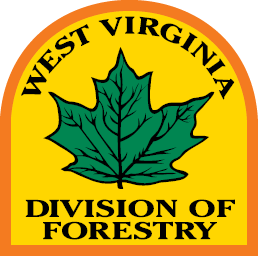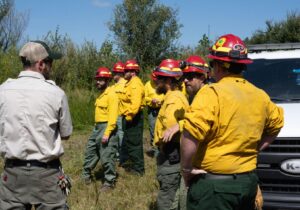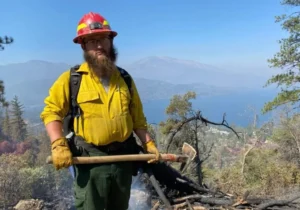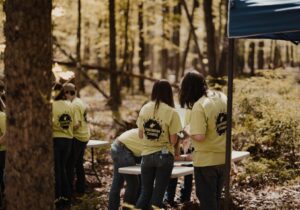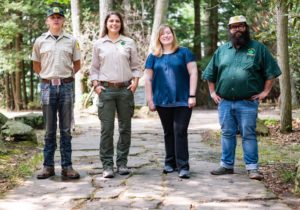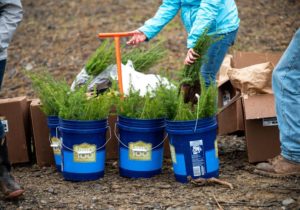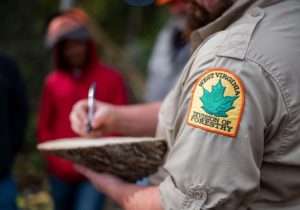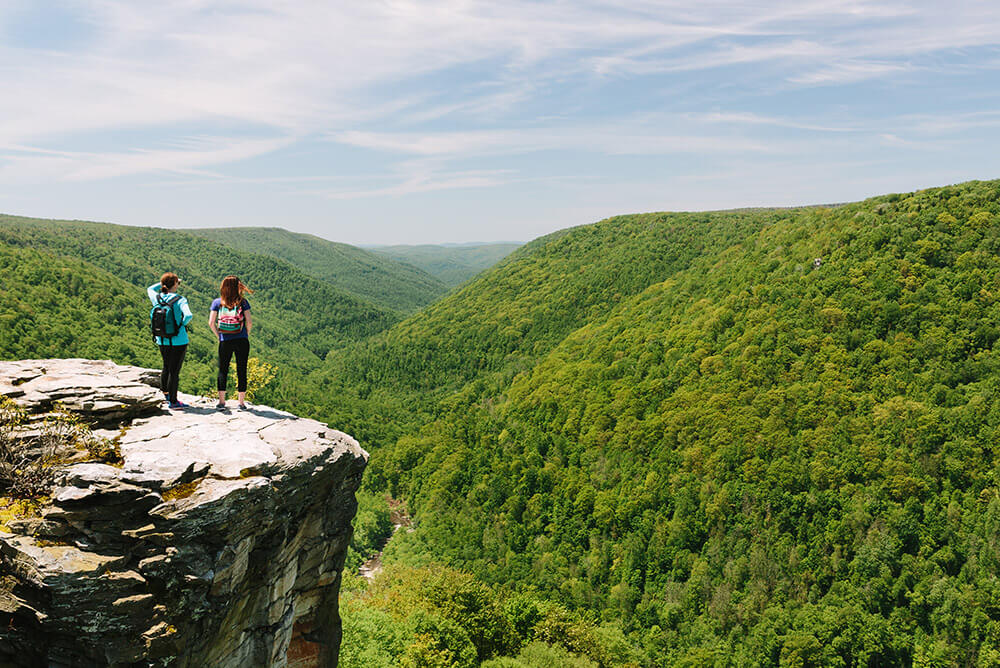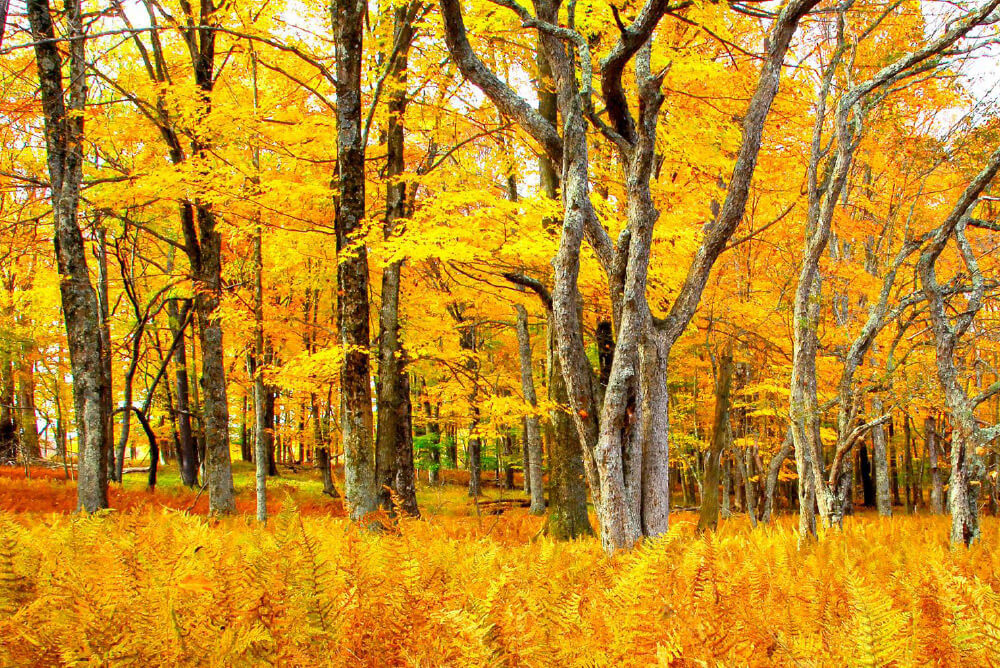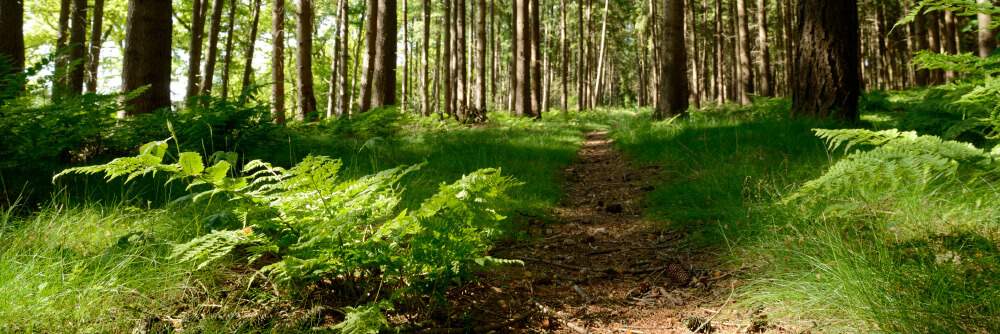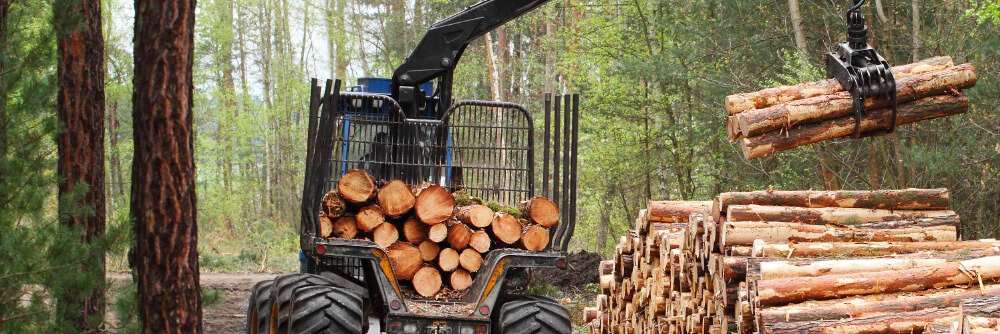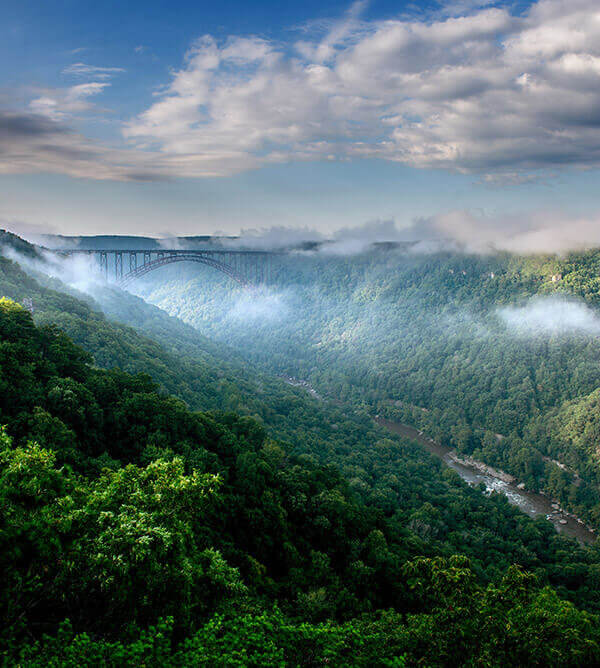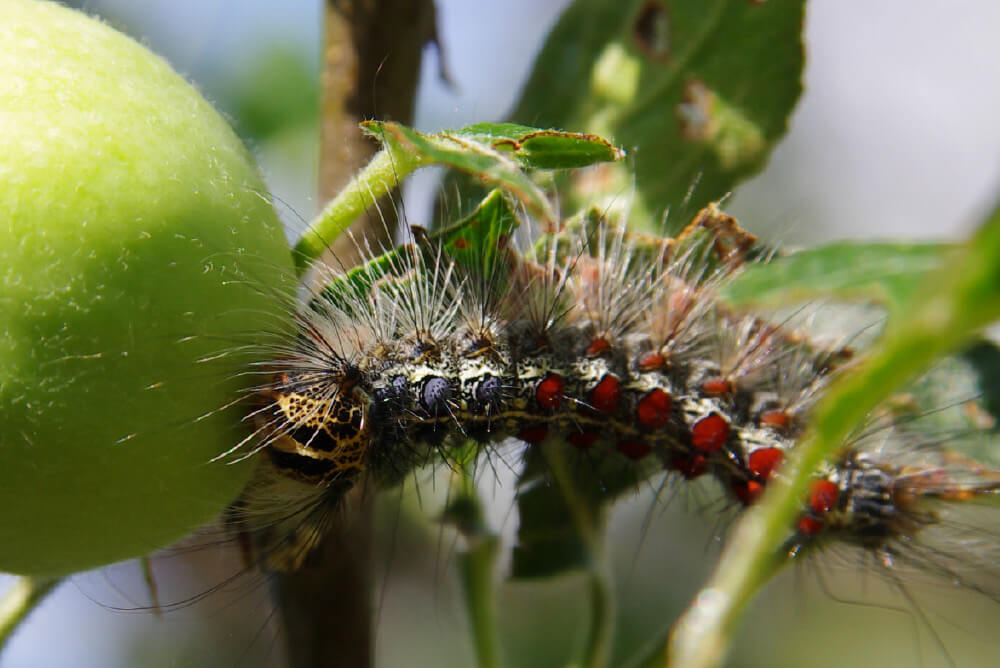After a wildland fire sweeps through an area, what do you see?
Most of us see only ashes and charred vegetation. A fire warden trained in fire investigation is likely to see evidence: where the fire originated, what started it – and perhaps, ultimately, who started it.
Officers from the West Virginia Division of Forestry Special Operations Unit recently conducted a Wildland Fire Origin and Cause Determination training seminar at Flatwoods, near the Elk River Wildlife Management Area. The class teaches the participants how to use scientific methods to identify where and how a wildland fire started. Students receive a certificate to show they completed the course.
To have a certificate is a good thing but to be certified requires much more extensive training. Assistant State Foresters John Bird (Western Special Operations/Enforcement) and Don Kelley (Eastern Special Operations/Enforcement) are the only two certified Wildland Fire Investigators in the state.
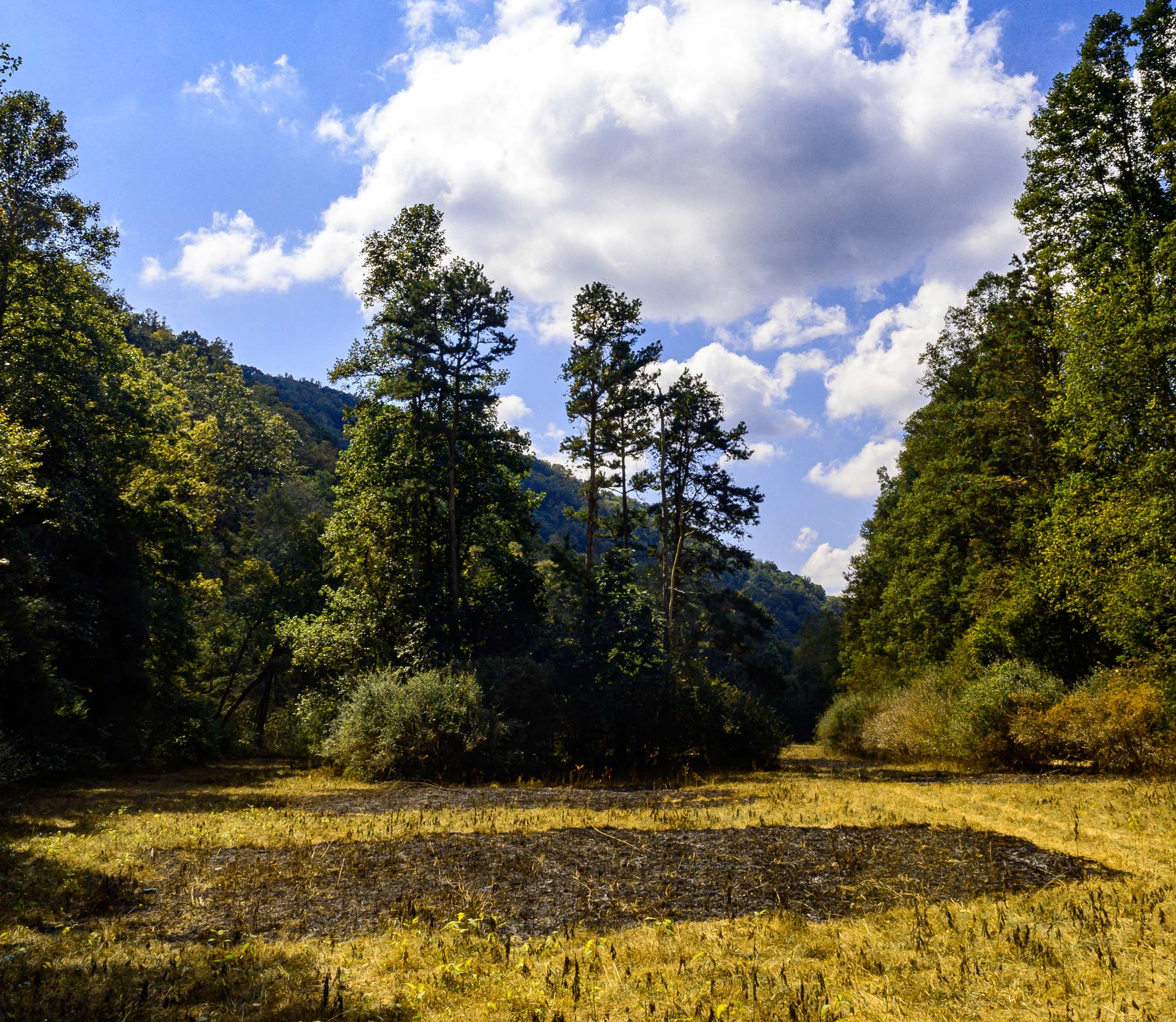
Burn plots burnt prior to FI-210 set up for class on Elk River WMA.
FI-210 Wildland Fire Origin and Cause Determination
Bird and Kelley led the Wildland Fire Origin and Cause Determination class. Their recent class consisted of two law enforcement agents from Tennessee Department of Agriculture and 22 students from the West Virginia Division of Forestry, including Fire Wardens, Regional Foresters and Assistant State Foresters.
“In an investigation, you don’t guess at the cause of a fire,†said Bird. “Scientific fact-based evidence is required for a case to stand up in a court of law.â€
There are nine general causes of wildfires. The three leading causes of wildland fire in West Virginia are:
- Equipment such as power lines
- Burning debris
- Incendiary (arson)
The FI-210 training creates a common ground of investigative practices and procedures across multiple agencies and territories. The instruction teaches responders what to look for at the scene of a fire. They are trained to protect the scene; investigate causes of the fire; identify, flag and secure evidence; provide photographic or sketch documentation; and get statements from witnesses.
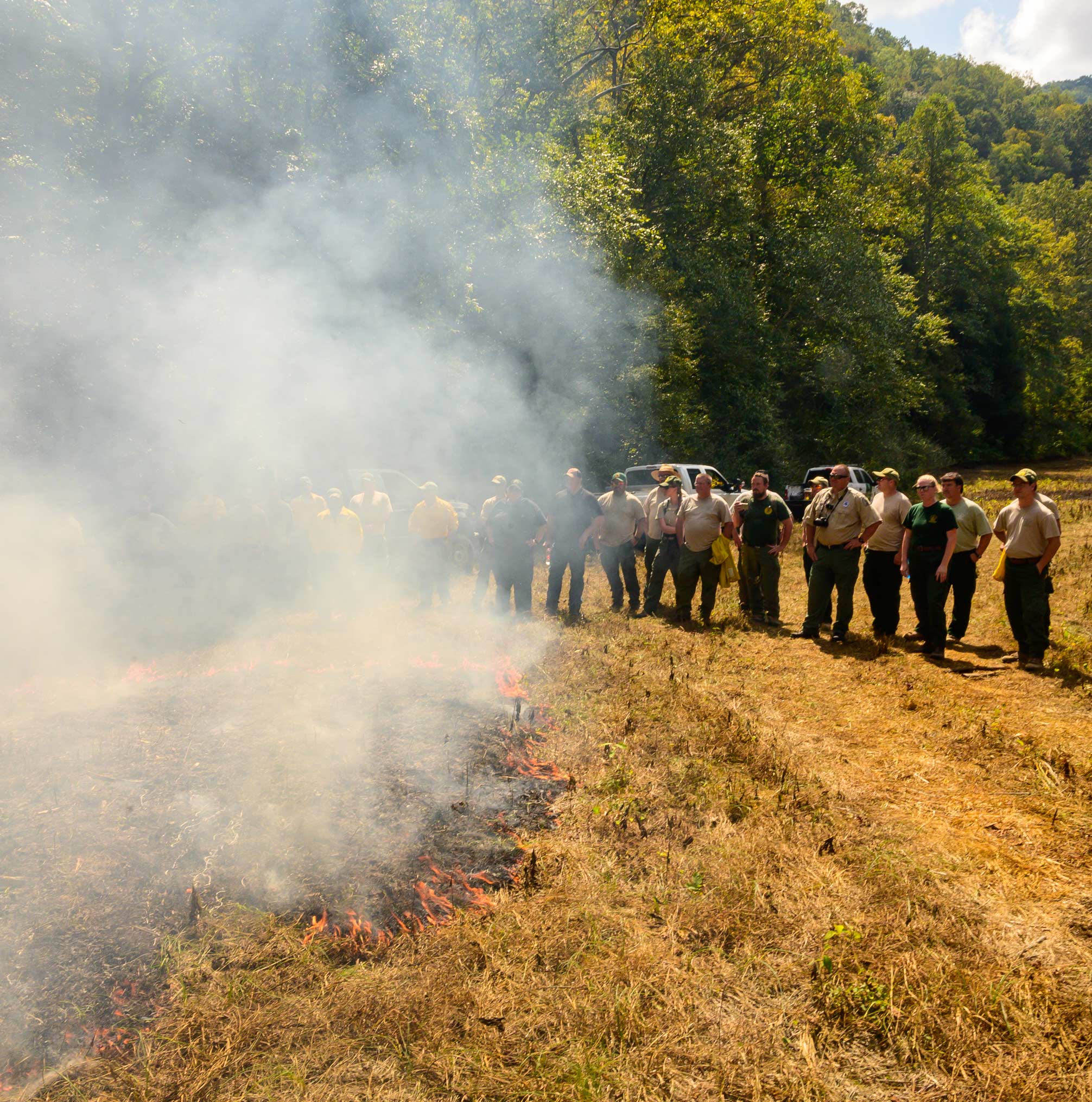
Live burn for instructor fire to demonstrate directional indicators and vectors occurring while fire is burning.
Hands-on practice
In one of the classes led by Bird and Kelley, the students had to examine a burn area half the size of a football field. Their task was to examine the burn patterns, inspect the area and discover what caused the fire – in this case, two fireworks sparklers.
The scenario included two people on the scene for the trainees to interview and obtain witness statements.
“The students were expected to observe that one person’s pickup had fireworks on the dashboard,†said Bird. “They were to identify that person as a potential suspect and follow procedure to notify the Special Operations Unit for law enforcement action.â€
Forestry’s Special Operations must be called in if a fire causes property loss or human injury or requires the use of the K-9 unit. The Special Operations Unit deals with enforcement of forestry-related laws, rules and regulations in wildfires, logging, timber theft and ginseng.
The West Virginia Division of Forestry presents the training every 3 to 5 years. The course is offered to new employees. Some experienced foresters retake the course to refresh their investigative skills.
For Bird and Kelley, their jobs are daily opportunities to refresh and practice their investigative skills.
“I’m in the field practically all of the time,†Bird said. “I look at roughly 80 fires a year.â€
Years ago, it was common for West Virginia to suffer hundreds of fires a year. With increased public education about fire prevention and aggressive investigation tools, the incidents have decreased dramatically.
“Arson used to be the number one cause of wildland fire in West Virginia. Now it’s number three,†said Bird. “Arson is still a felony. A wildfire puts people at risk. It costs millions of dollars in timber and other property losses. That’s why we will continue to pursue these cases so aggressively.â€

Service Foresters Dan Cooley and Mary Murdock taking weather reading during the investigation of a fire scenario. Used to include or exclude certain causes of wildfires.

Service Foresters Rosalie Santerre and Dylan Kesner looking at directional indicators and vectors during instructor fire.

Investigators John Bird and Don Kelley instructing class on methodology, flagging directional indicators and vectors.

Investigators John Bird and Don Kelley instructing class on methodology once the specific origin was located using grid lanes and directional indicators.

Canine Boone after tracking the suspect from the instructor fire which was determined to be incendiary
